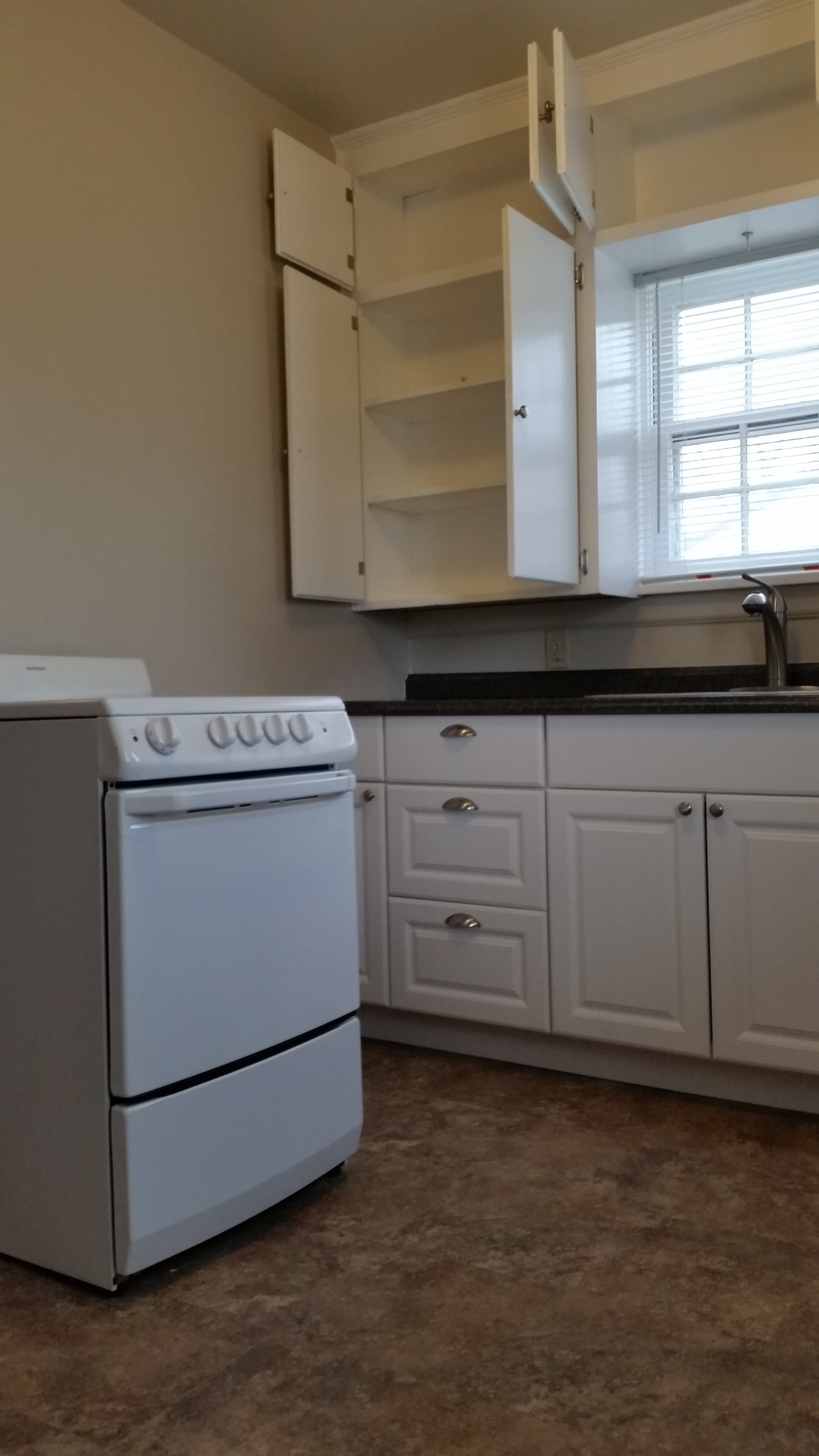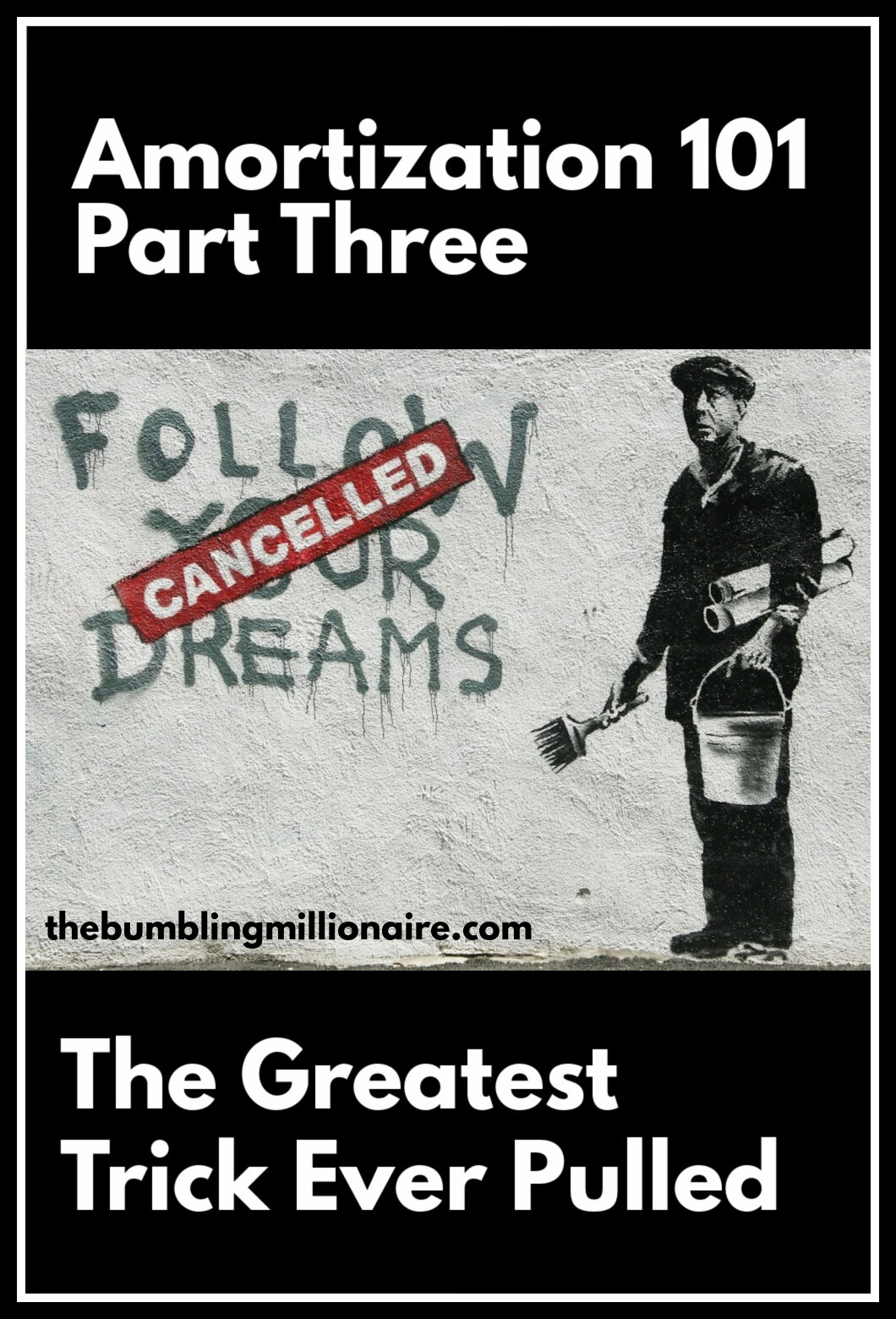Why Every House Counts
/This post may contain affiliate links. Learn more by reading my disclosure.
In December of 2015, my real estate broker sent me a listing for a single-family home on the north side of town. You may be asking yourself, “Wait, isn’t this guy a real estate broker? Why is he working with another agent?”
Yes, I am a licensed broker, but I focus on commercial real estate, specifically retail properties. Therefore, I’m not plugged into the residential market. However, I do want to invest in that arena, therefore, I work with a broker who keeps an eye out for product that meets my criteria. It’s important to work with a specialist in the market you’re targeting.
Don’t let ego get in the way of mission.
My criteria for a residential investment property are not exciting. I’m looking for seller-financed opportunities, under $100,000, in areas of town that are renter friendly (ie. bus lines, walkable to necessities, etc.).
You may be in a market wherein my price level will seem ridiculous. Every market is different. However, I can assure there are opportunities in my area within this price range, although in the current market they have gotten less. Typically, these properties are two bedrooms / one bath homes in older sections of town.
The reason I’m looking for seller-financed opportunities is that I can typically leverage into a property of this sort for less than 20-25% which would be required for an investment property.
My broker has sent me a lot of properties and we’ve toured quite a few. Care is needed when seller-financing is offered. This can be due to problems achieving conventional financing because of physical problems in and around the house. A good broker can alert you to this prior to a showing. If I hear that, I’ll still tour the property if it has some promise, but I haven’t moved on one of them yet. If I bank doesn’t want to lend on it, why would I want to buy it? It could put me in a tough position if I ever need to dispose of the asset.
Back to the original story. My agent sent me a listing for a two bedroom / one bath home near the local shopping mall. It was listed for $70,000. In the listing photos, the property had hardwood floors and a garage. There wasn’t much more to see without touring the house.
It was already snowing in December, so I couldn’t get a view of the lawn. I had to use Google Street View for that. I love that tool. It’s awesome. The lawn looked acceptable for a potential rental. It was within walking distance to the mall and a bus line.
When we walked in, I immediately liked it. The hardwood floors were great and through-out the small house. There was a built-in storage unit just off the living room. However, I immediately realized a problem. It wasn’t two bedrooms. It was a one-bedroom house with a dining room. They were calling the dining room a bedroom since it had doors, one wooden and the second, a set of double glass.
Unfortunately, one bedroom / one bath homes are considered functionally obsolete as modern desires require, at minimum, two bedrooms / one bath. The house was built in 1937 and was 560 sq. ft. It was a different world in regards to housing layouts. I was a bit disappointed, but still thought the house had potential.
Regardless, I pressed on. The restroom needed to be remodeled and the kitchen needed to be updated.
I asked my broker, “What can I rent this for?”
“If you do a little work to it, $700,” he said.
“What will he do on the seller finance?”
“Ten thousand down. Six percent interest.”
“Write it up,” I said.
It took one day and we had an agreement. This was December 17th. The market was good, but it wasn’t at the frenzy it is now. However, we agreed to a purchase price of $70,000 with seller financing terms as follows:
- $10,000 down
- 6% financing
- 30 year amortization
- 2 year balloon
I didn’t beat up the asking price and there’s a reason for that.
When a seller is offering financing terms, they often can hold to their price, especially in a good market. Besides, my broker and I both thought the price was fair. Had I tried to reach across the table for a better price, I could have wasted valuable time giving another prospect an opportunity to get at the house. My goal was to tie it up immediately.
Regarding the two-year balloon payment, that meant I would have to refinance the property or pay it off in two years. I wasn’t worried. This little property was a home run in my eyes.
I had two weeks to conduct my due diligence so I contacted a home inspector. I went with a different group than the guys who did my personal home. While they did a good job, I haven’t had much contact with actual home inspectors so I wanted to see how someone else did the work. The new group came out and did an adequate job. However, following my advice from In An Emergency, Who's Your Guy?, I’ve gone back to the original home inspector. They really did do a better job and now I know I won’t need to look around again.
During the inspection, it was identified that the electrical panel for the house was on the outside of the house. It would need to be brought up to code by being moved indoors. The stairs to the basement were old and rickety. They would need to be replaced. Other than those two problems, the house cleared inspection.
Also during the due diligence period, I had a contractor come out and give a bid for the remodel work. It was determined that we would completely gut the restroom and start over. In the kitchen, we discussed a different plan. The contractor recommended tearing out the lower level cabinets and replacing them along with a new sink. To save money, however, he suggested leaving the upper cabinets, but painting them. I could paint them if I wanted to save money.
For all the construction work (excluding electrical), it would cost me roughly $6,000.
I removed my contingencies and closed on the property at the end of December. In less than a month, I had purchased a house. After closing costs, my initial seller-financed loan was $60,000.
The contractor set to work immediately. We had a rough snow so getting in and around town in January and February was slow. We went “shopping” for items that fit our budget. I brought along my girlfriend who has a much better eye for home décor. While my contractor and she talked about vanities and sinks, I wondered how much things would cost.
She would ask, “Can I get this lower cabinet if we give up some money on the bathtub tiles?”
He’d respond, “Yes” and make a note on his pad.
They wandered back and forth across Lowe’s.
We looked for a while at some flooring and didn’t find anything we liked. He said, “I have some LVT left over from another job. It’s probably enough for your house.”
“LVT?” my girlfriend asked.
“Luxury Vinyl Tile. It’s a higher end flooring. Why don’t I bring you a sample and see what you think?”
With that we finished shopping and went about our day.
For the next couple months, I would run up to the house after work or on the weekend. We had a tough winter so the turn-over was slow.
My girlfriend joined me on several occasions which I saw as romantic, if cleaning and working on a house can be seen in that manner.
After the contractors finished their work, which was excellent, I painted the upper cabinets. Synthetic wood blinds were installed in every room so the house would look sharp. New ceiling lights were installed in a couple rooms.
I had an electrician come out and move the electrical panel from the outside to the basement. That was a costly venture and put my contractors back several days. However, it improved the house and was the right thing to do.
The hardwood floors were cleaned and shined when we were done. Everything looked and smelled wonderful.
I brought my Sonos speaker to the little house and plugged my phone in to it every day. I had a constant stream of Sammy Hagar running through that little house. I’m not sure why his back catalog meant so much, but now when I hear one of his early songs I’m reminded of that time period.
When it was all said and done it, it was almost perfect. The old stove that remained in the kitchen looked terrible next to the new lower cabinets and sitting on top of the new LVT flooring. The beat-up unit looked like hell so it needed to go. It took a quick trip to the local appliance center and we bought a nice, affordable stove.
As you can see from the pictures, it turned out to be a nice rental house.
It only took a couple weeks to rent the unit. I had several showings. I gave credit check applications to every tenant and explained the rental process. A security deposit was required as was a credit check. I explained that if they rented with me I would apply the credit check fee against their first month rent. Most landlords don’t do that, but I always thought it was a nice incentive.
Several prospects asked, “What happens if I don’t have good credit?”
“The reporting agency will give me a recommendation as towards approving or not,” I said. “Beyond that, we’d have to talk.”
Whenever I said that, they never returned their credit application.
Soon a retired gentleman wanted to tour the house. He loved it, didn’t hesitate to fill out the application and was soon signing a one-year lease. That was almost eighteen months ago. It’s been a great ride so far.
What do the Numbers Look Like?
The story is neat and all but everyone wants to see the numbers, right? Let’s get to it.
Initial purchase
$70,000
+ $1,010 Closing Costs
+ $6,051 Construction
+ $2,900 Electrical
+ $490 New Stove
+ $200 Miscellaneous
----------------------------
$80,651 – Total purchase
The tenant is responsible for all monthly utilities. The only bills I pay are property taxes and insurance.
$939 – Annual Taxes
$468 – Annual Insurance
-----------------------------
$1,407 – Annual Expenses
The house rented for $750/month. ($50 more than original estimated upon purchase!)
$750 / month x 12 months = $9,000
$9,000 – $1,407 = $7,593 / Net Operating Income (NOI)
What’s the Return?
Net Operating Income / Initial Purchase Price = Capitalization Rate
$7,593 / $80,651 = 9.4%
Please note this rate of return will be affected if any items break, but this is what I’m tracking for my second year.
In my market, most residential investment properties are about a 6% cap rate. If you’re able to achieve better than that you’re doing well.
I’m stoked at how this little property is performing and look forward to keeping it my portfolio for some time.













